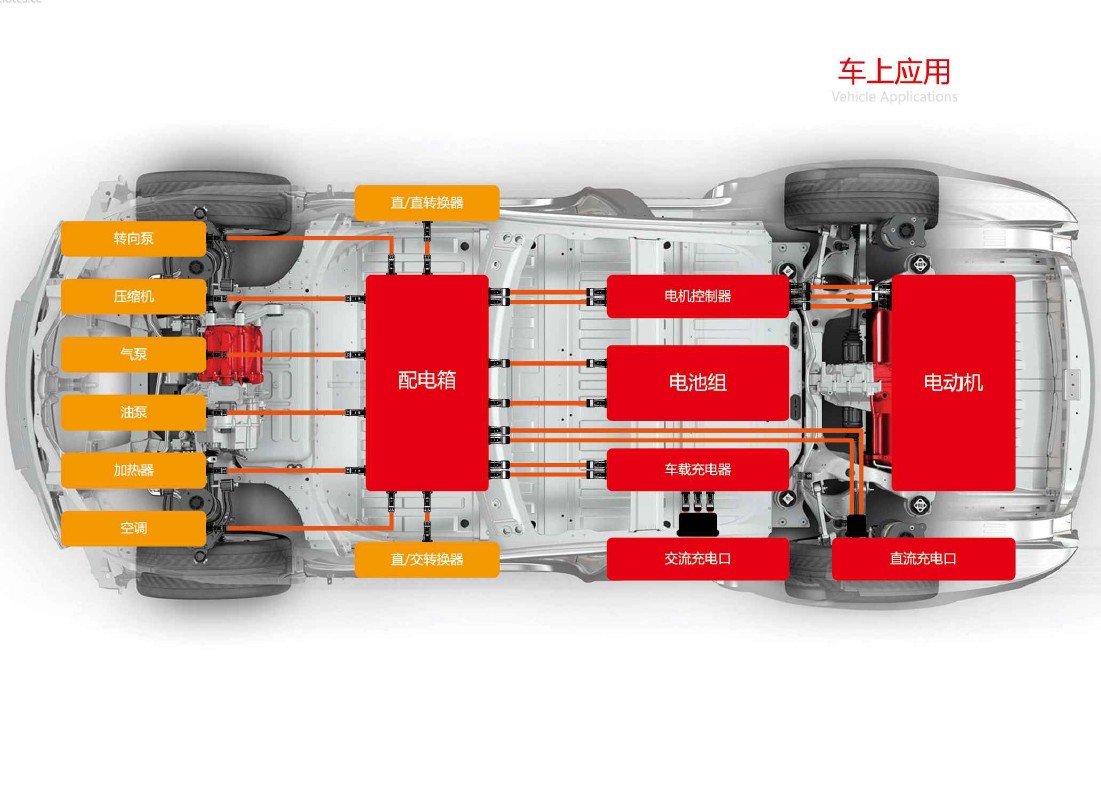Small connector, in fact, is a big name, because the role of the bridge connector, is the realization of the world interconnection technology path. The connector enterprise that is in the upstream of industry chain only all along is behind-the-scenes hero, rarely expose, also not be familiar with for terminal consumer so. As the world's largest connector manufacturer, TE is also known as the "invisible giant", which can be found in almost all places where electricity, signals and data flow. If you look at it on a whole-business basis, there are new products coming out every day, from sensor technology in the automotive industry, to contact-free applications in the industrial sector, to terminals in mobile terminals, to ultra-small antennas, and it covers almost every country in all sectors of consumer, transportation, energy, industry, etc.
As the Internet of Things and Industry 4.0 become the new market engine, component manufacturers have a long way to go. At the heart of these markets is the word "connectivity," connectivity between cars, connectivity between home appliances, connectivity between security devices, and in industrial applications, connectivity between devices. It's just that the requirements for connectors are getting higher.
The connectors of the future will be faster, smaller, smarter, and more environmentally friendly. For example, the automotive industry needs to ensure the reliability and high quality of connectors in demanding environments. For the consumer electronics industry, lightweight is the most important, followed by reliability, but reliability is not the same. The speed of innovation in consumer electronics partly determines two other special requirements: cost control and shorter development cycles.
In addition to technological iterations, the area distribution of connectors has also been skewed to varying degrees as the market shar




